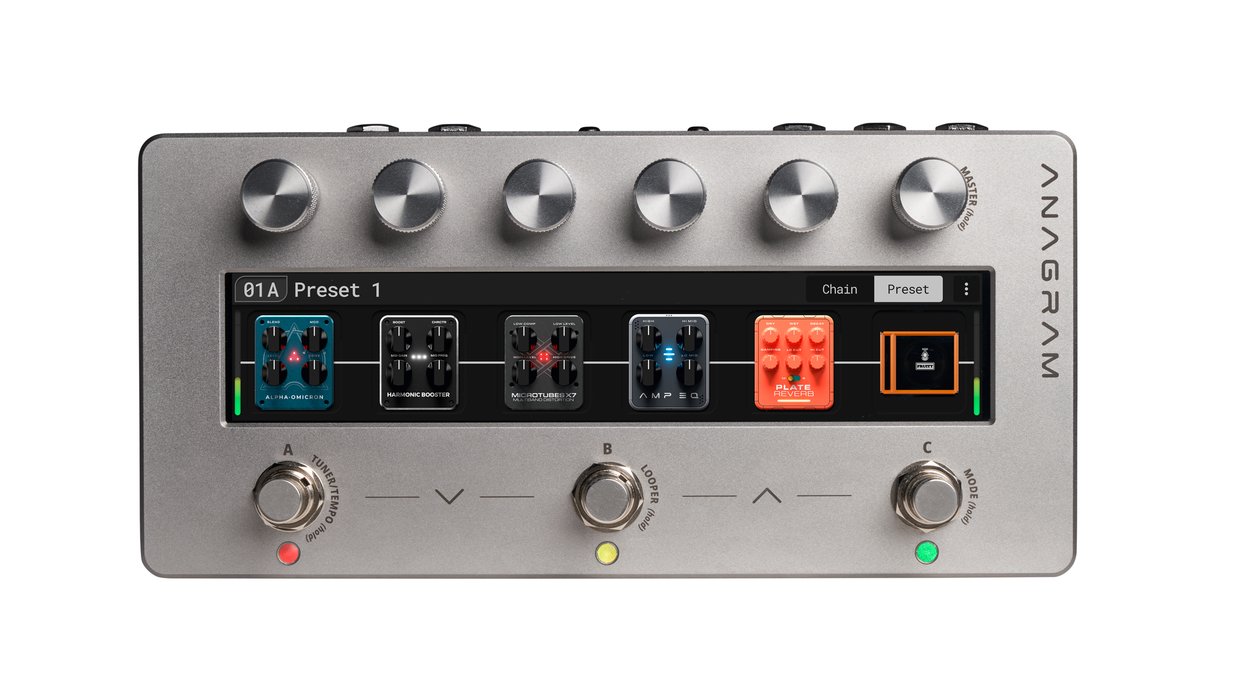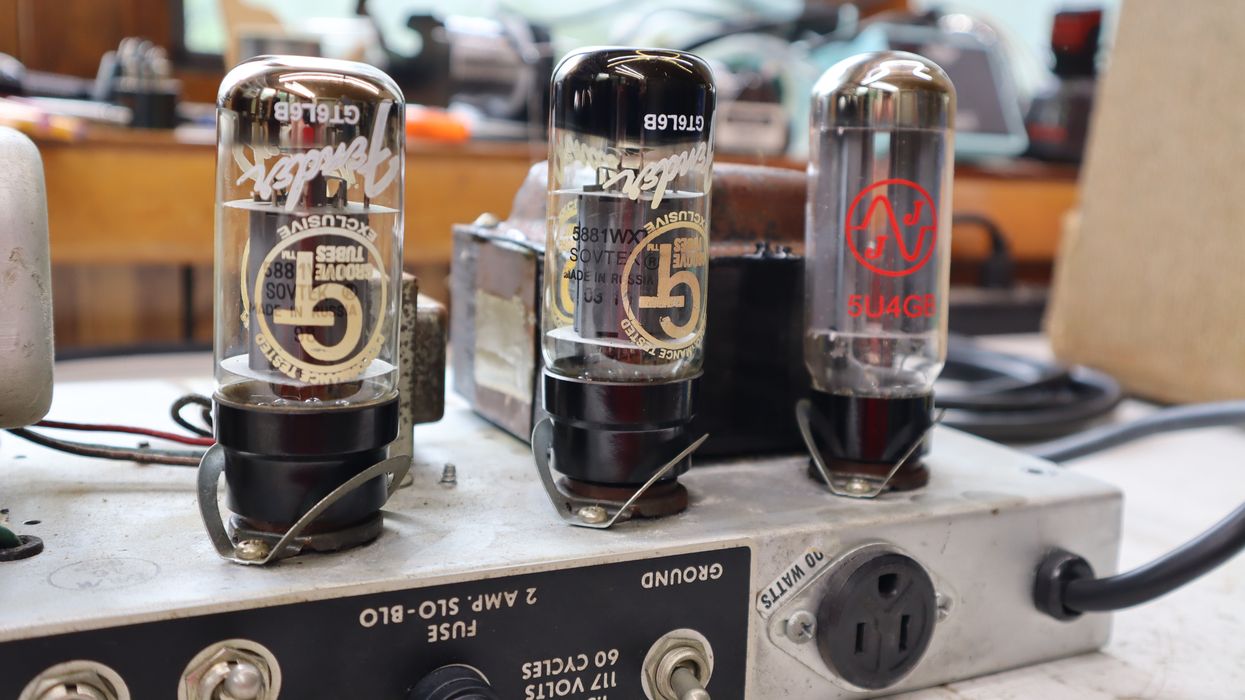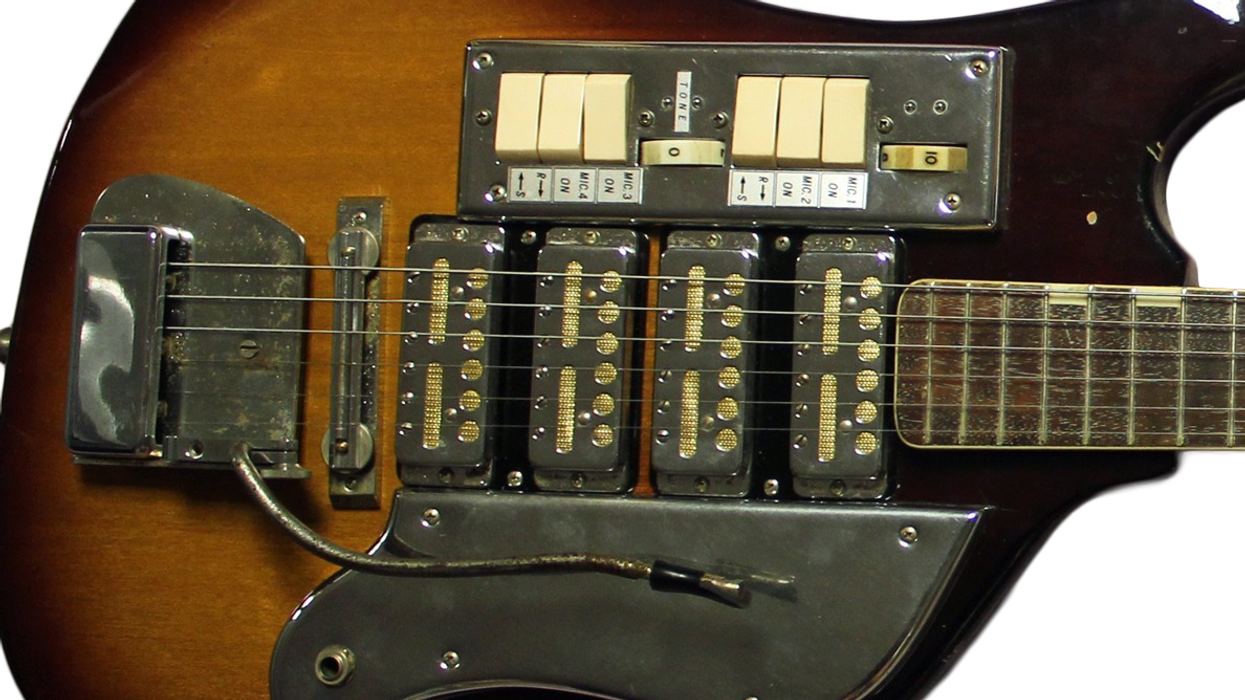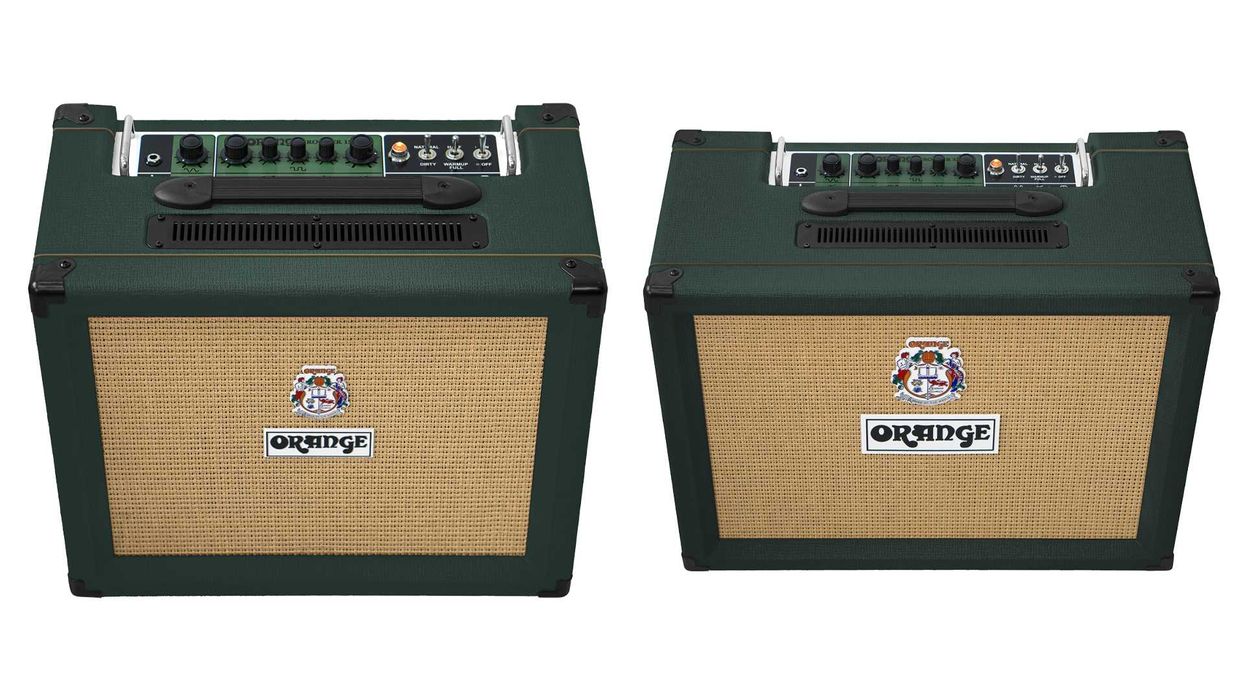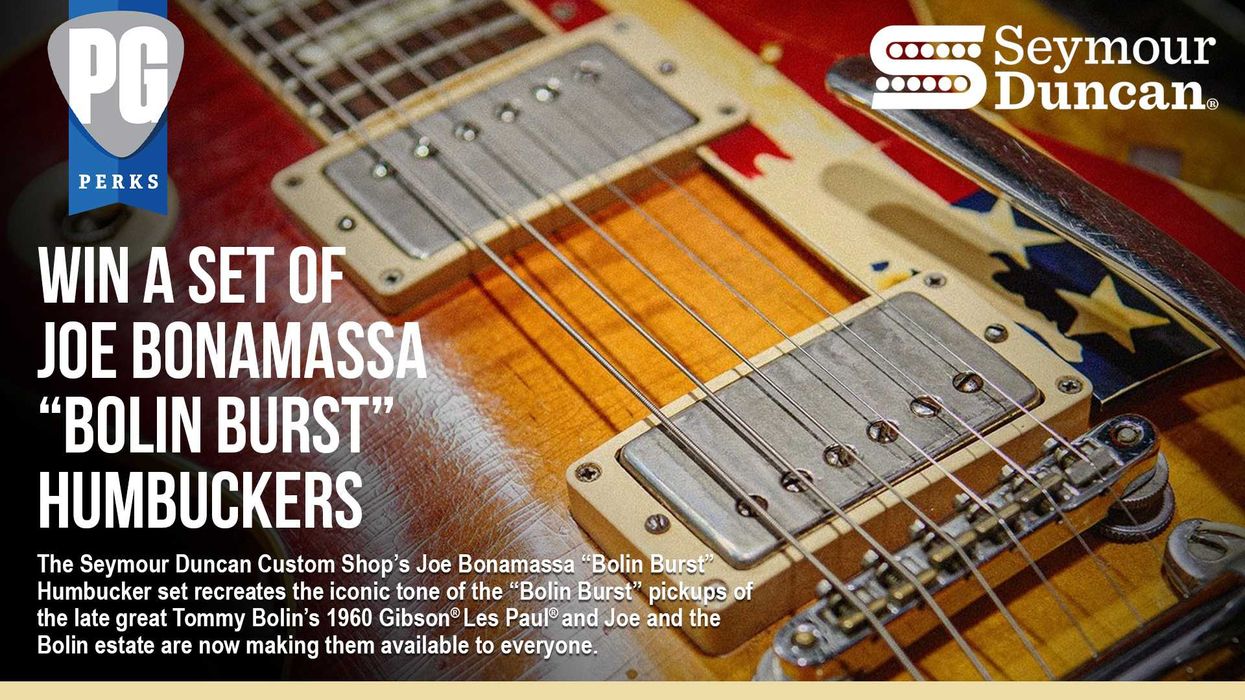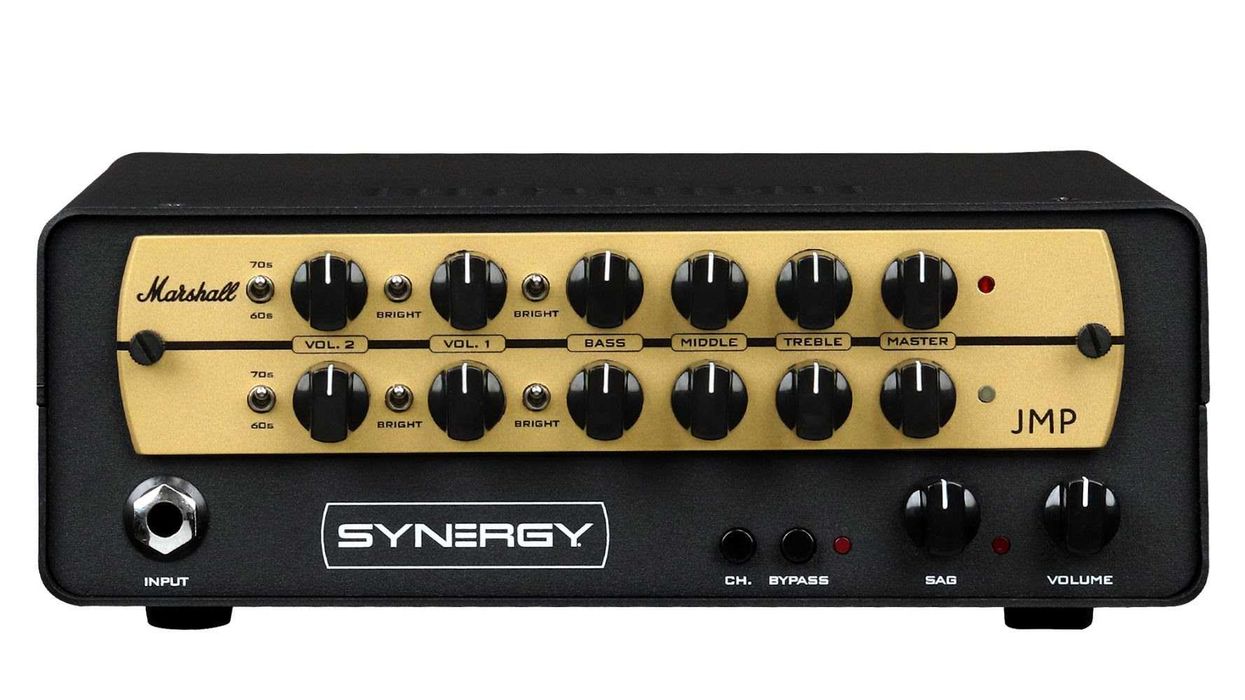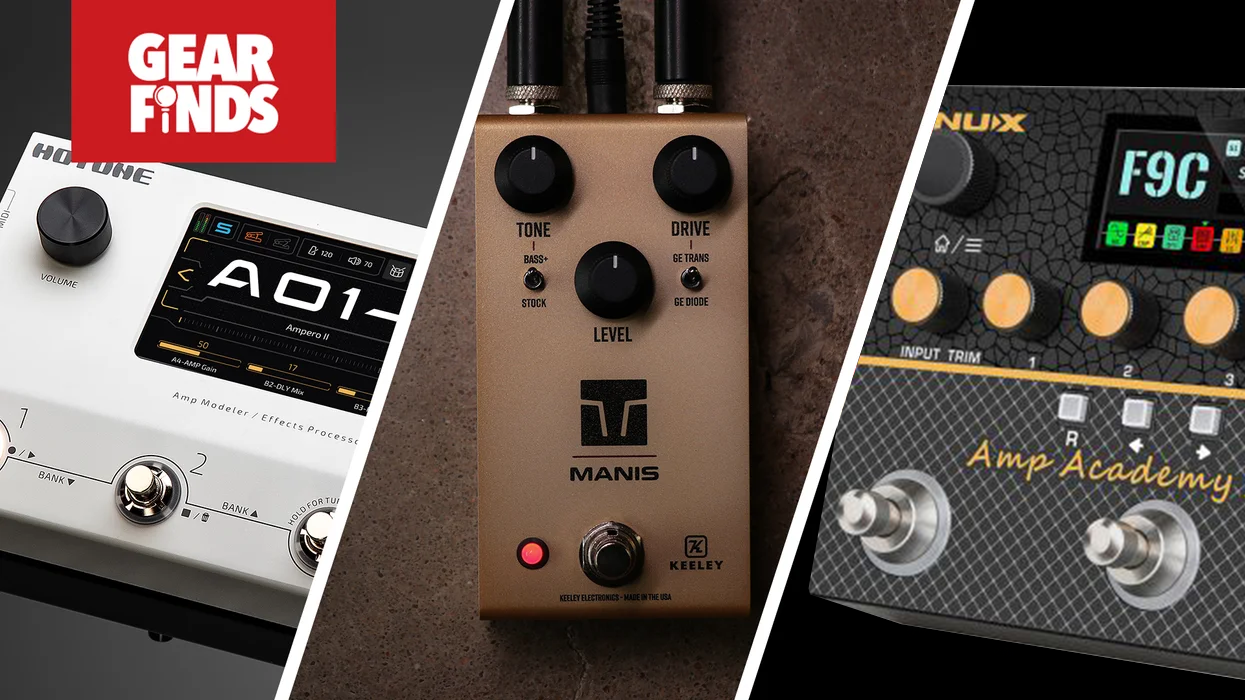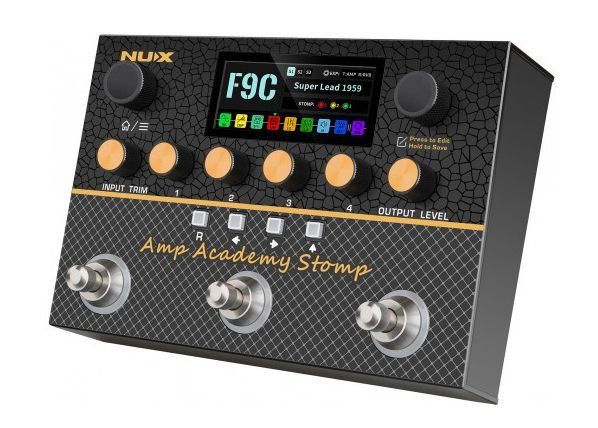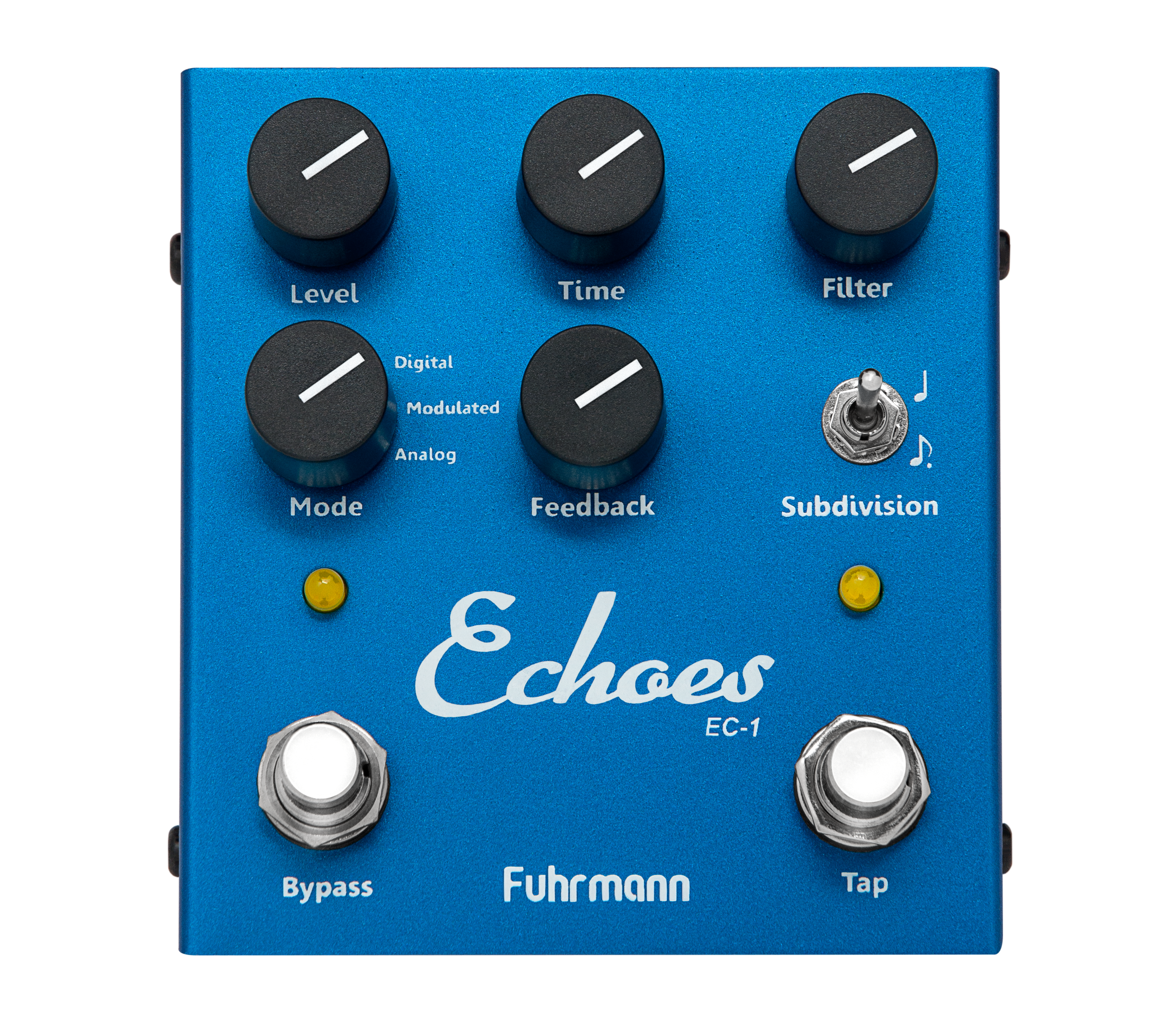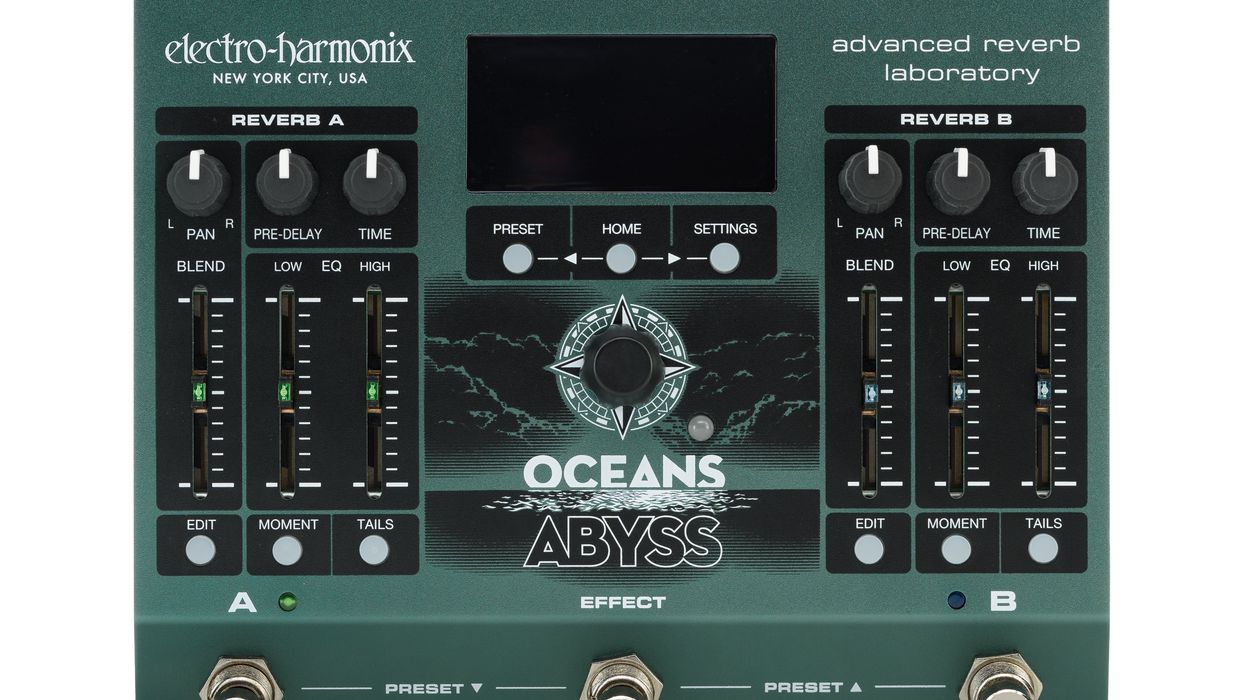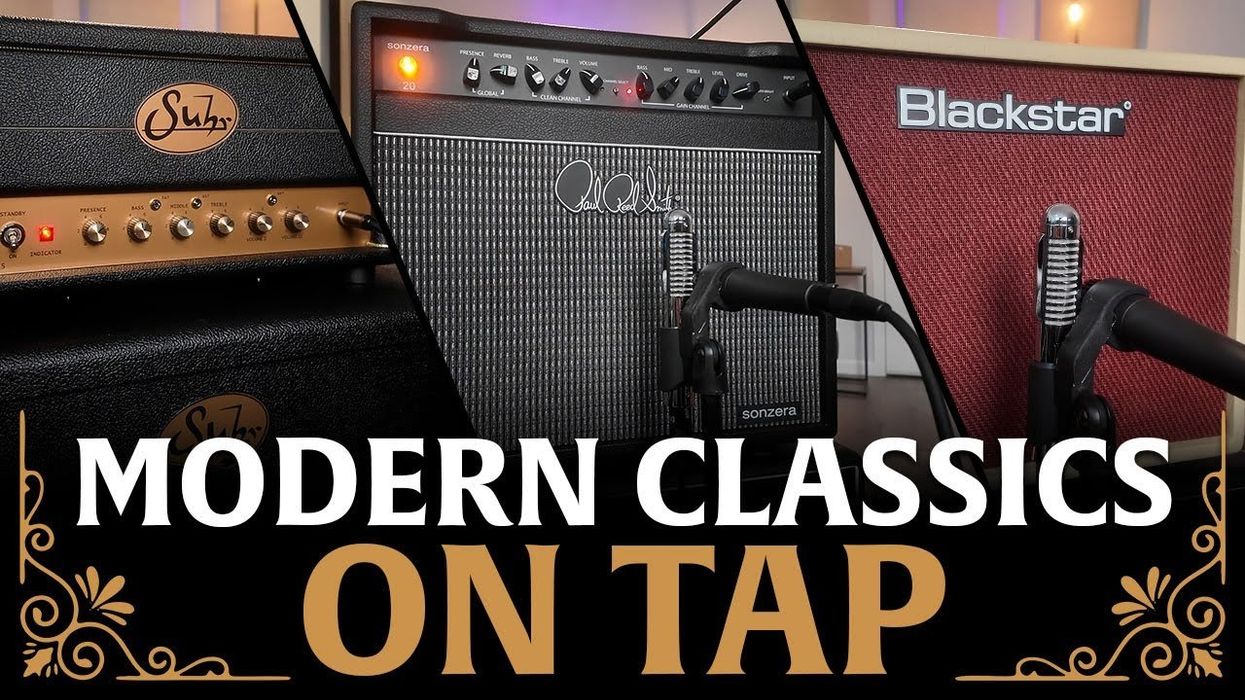“Modeling versus tube” might be the gear world title fight of the 2020s, but “LED menu versus none on multieffects” is a pretty riveting undercard. I have sympathies in both corners. The ocean-deep onscreen interface of the Meris Mercury X, for instance, was a bear to navigate, but it also yielded some of the most exciting and tweakable reverb I’ve ever heard. At the same time, I’ll always be partial to having every control I need at my fingertips, and every parameter a knob twirl away from just-right.In theory, the digital Wampler Catacombs fits into the second category, the one I prefer. It’s a super-loaded reverb and delay combo pedal, with seven delay algorithms and five reverb options that sound great. Though in practice, Catacombs sometimes turned out to be a bit more complicated to navigate than I expected.
Lost in the Catacombs
The Catacombs is one of those pedals that begs a dedicated read of the manual before you dive in. Wampler says that the interface enables users to “navigate effortlessly” without the use of onboard screens and menus. I was excited by this: Like I said, I don’t love getting lost down tiny LED display rabbit holes and would much rather have all I need at hand. The Catacombs technically satisfies that desire, but it also demonstrates tradeoffs involved with that design ethic. I’m alright with certain controls pulling double-duty, but when every single knob shares two functions, things can get hairy, and doing your preparation up front pays big dividends.
You have to press and hold the left footswitch for a second to access the alt controls (labeled in blue), including reverb selection on the main rotary knob. Though this doesn’t complicate matters too much when using a reverb or delay exclusively, it can be tricky when using a reverb and delay simultaneously. A few times, I scrambled to switch control modes to tame a super-loud runaway reverb or a self-oscillating delay, and the feeling of frantically spinning knobs with no impact because you’re not in the right control mode isn’t a good one. Additionally, you might not know where a given parameter is set because each knob is shared between the delay and reverb effect. The eight onboard preset slots take some of this guesswork away. And Catacombs would be a cinch in the studio once the control navigation becomes second-nature, but I got nervous thinking of trying to navigate any of these quirks during a set.
Entombed in Ambience
Catacombs’ operational challenges don’t take too much away from the whole experience because it sounds so great. Each of the six delay programs, and each of the five reverbs, were instantly useable and familiar. Side by side with my Walrus Fathom and EarthQuaker Avalanche Run, the plate, hall, and spring reverb modes held their own, and something about the pedal’s wet/dry mix made my playing feel especially alive, present, and cinematic at most settings. I was especially fond of the spring reverb with the decay maxed out—it was juicy and metallic in all the right ways.
The delay modules were just as satisfying. They include three algorithms for tape-style delays, two analog-style delays, and a single digital echo, and each mode offers a distinct texture and experience. The ability to quickly switch the effects from series to parallel offers fun and useful experimentation, letting you apply the reverb algorithm to just your dry signal, or to the repeats, too. I especially enjoyed sticking the plate reverb on my dry signal and leaving it off the delay, creating warped senses of space and continuity.
The Verdict
Though it sounds excellent, immersive, and inviting, I was flustered more than once while trying to bend Catacombs to my will. In some respects, I was reminded of a menu where you’re given three desirable options and have to pick just two. In this case, the options are affordability, sound quality, and user-friendliness. Catacombs is certainly reasonably priced and sounds excellent. But because it navigates a difficult middle path between skipping a cost-bumping digital menu and being more complex than more-straightforward, what-you-see-is-what-you-get units, you should make sure you’re comfortable with that compromise.



